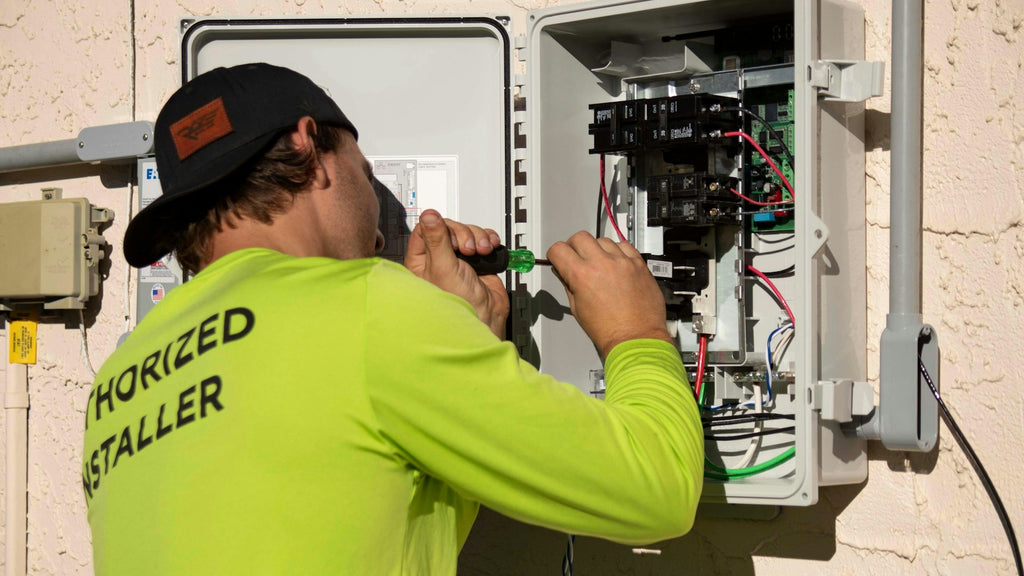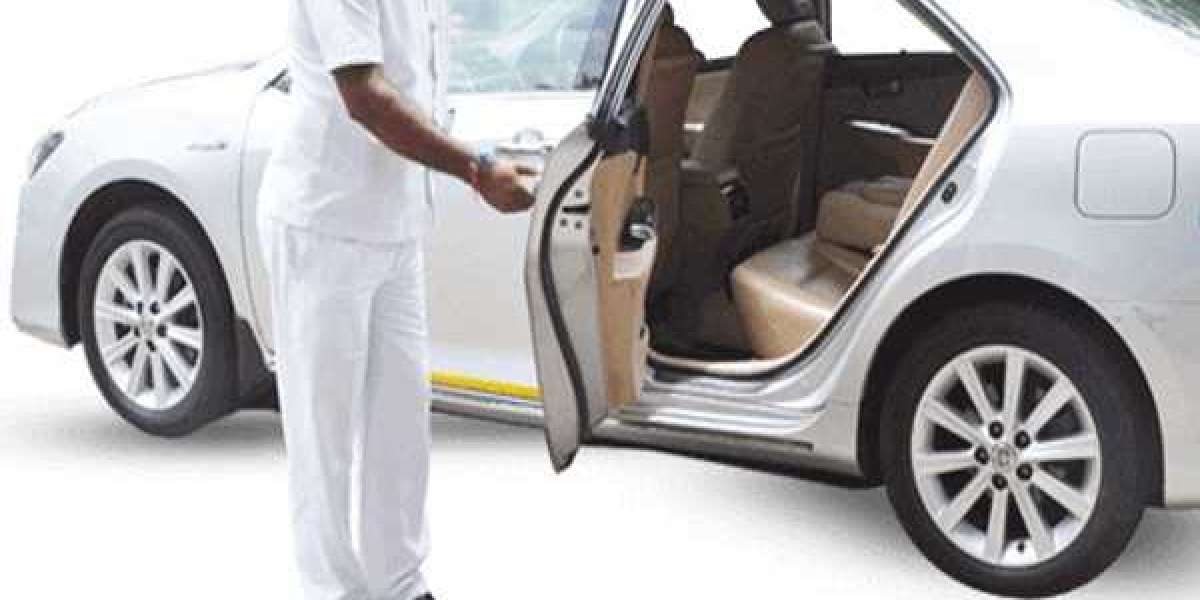Solar inverters are the heart of any photovoltaic system, converting the direct current (DC) generated by solar panels into alternating current (AC) used by most household appliances. However, like any technology, they come with their own set of challenges. This article delves into the 8 usual solar inverter hurdles and how to overcome them efficiently.

1. Inverter Overheating
One of the most common issues is inverter overheating. When inverters operate in high-temperature environments, their efficiency can drop significantly. To mitigate this, ensure your inverter is installed in a well-ventilated area. Additionally, consider using cooling systems or heat sinks to maintain optimal temperatures.
2. Grid Connection Problems
Grid connection issues can disrupt the performance of your solar inverter. These problems often arise due to poor wiring or grid instability. Regularly inspect your connections and consult with your utility provider to ensure grid stability. If issues persist, a professional electrician might be necessary.
3. Faulty Wiring
Faulty wiring can lead to significant energy losses and even pose safety risks. Always use high-quality cables and connectors. Regular maintenance checks can help identify and rectify any wiring issues before they escalate.
4. Software Glitches
Modern inverters come with sophisticated software for monitoring and control. However, software glitches can occur. Keeping your inverter's firmware updated is crucial. Manufacturers often release updates to fix bugs and improve performance. For instance, the Solar Inverter XYZ offers regular software updates to ensure optimal performance.
5. Inadequate Sizing
Inverters must be appropriately sized to handle the energy output of your solar panels. An undersized inverter can lead to energy wastage, while an oversized one can be inefficient. Consult with a solar expert to determine the right inverter size for your system.
6. Ground Faults
Ground faults occur when there is an unintended electrical path to the ground. This can be dangerous and reduce system efficiency. Ground fault protection devices and regular system checks can help prevent such issues.
7. Inverter Isolation Faults
Isolation faults can occur due to insulation breakdowns or moisture ingress. Regularly inspect your inverter for signs of wear and tear. Using weatherproof enclosures can also help protect your inverter from environmental factors.
8. Poor Maintenance
Regular maintenance is crucial for the longevity and efficiency of your solar inverter. Schedule periodic inspections and cleanings to ensure your system operates at peak performance. For example, the Solar Inverter ABC comes with a comprehensive maintenance guide to assist users.
“Regular maintenance and timely troubleshooting can significantly enhance the efficiency and lifespan of your solar inverter.”
Conclusion
Understanding the 8 usual solar inverter hurdles and how to overcome them efficiently is essential for maximizing the efficiency of your solar power system. By addressing issues such as overheating, grid connection problems, and faulty wiring, you can ensure your inverter operates smoothly and efficiently. Regular maintenance and staying updated with the latest software can further enhance performance.
For more detailed information, you can refer to the Solar Inverter Maintenance Video.

By following these guidelines, you can overcome common inverter issues and enjoy the full benefits of your solar power system.








